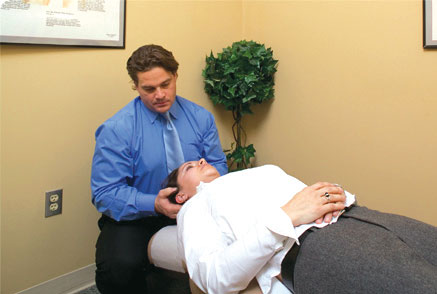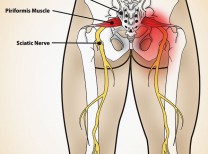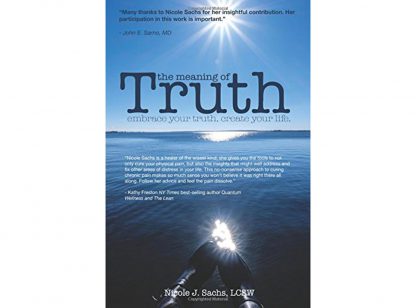Pain is the most common reason people go to see their doctor. More than 75% of American adults experience at least one episode of low back pain during their lifetime. Although it is more common than heart disease, diabetes and cancer combined, it is the least understood disease doctors treat. It is not surprising when you realize that pain management only became a medical specialty in 1993, and many physicians never learned about treating pain. That is quickly changing among doctors – and patients are getting better treatment than ever.
That said, there is much you can do to treat your own pain before you see a pain management specialist. Pain comes in two forms-acute and chronic. An example of acute pain is the pain of a broken arm. This pain is short-lived and will disappear once the injury has healed. Chronic pain is a disease of the nervous system. We often don’t know the exact cause because the pain has lasted for at least 3 months (the official definition of chronic pain) and the initiating cause may have resolved itself.
What is left are damaged pain pathways that are screaming–and often screaming loud. I use the analogy of a fire alarm to explain it to my patients. The alarm starts ringing to signal a fire, the firemen answer the call and put out the fire. But now its weeks, months and even years later and the fire alarm is still ringing. Is there a fire? No, it was extinguished ages ago. Instead, there is a short circuit in the alarm so it just keeps ringing.
Similarly, your short-circuited pain nerves can keep screaming. In chronic pain, these screaming nerves serve no biologic function. They just make you feel miserable. Chronic pain is a disease like high blood pressure, diabetes or heart disease. It is a disease of the nervous system. Medicine can treat the symptoms, but cannot cure the disease.
What we know about chronic pain is that it feeds on inactivity. With a broken arm, the natural instinct is to keep it still so it will heal properly. That works for a broken arm. But it is the worst thing one can do for damaged nerve pathways like those in chronic low back pain, neck pain or even arthritis. After an injury like a sprained ankle or strained back you should only rest for 1-2 days and then you must get moving. Inactivity, especially bed rest, leads to significant muscle deterioration. Weakened muscles are one of the major causes of low back pain. So the less you move, the weaker your muscles become, and the more your pain escalates. As your pain gets worse you move even less; it is a very vicious cycle.
If you are in pain, “get moving” needs to be your new mantra. And no I don’t mean run a marathon. You simply need to gently stretch your aching areas and be aware of how you move through the day. The adjustments you make in walking, reaching or standing to avoid the pain, feed those screaming pain pathways. Muscle spasm and weakness are your enemies. If your pain is not easing on its own, go see your doctor. And if conservative measures like physical therapy and medications are ineffective, or you have shooting pain, seek out a pain management specialist.
There are at least 8 causes of low back pain (neck pain also) and it is your pain doctor’s job to diagnose and treat you appropriately.
For a flare of acute pain, remember RICE: rest (1-2 days only), ice, compression and elevation. To keep the acute flare of low back pain from escalating into a chronic, life destroying disease, you need to get moving. And core strengthening is your key. As you’re sitting reading this article, tighten your stomach like you were bracing for a punch in the gut. You will feel the deepest sets of your abdominal muscles and back muscles engage. That is your core. And the best way to strengthen those deep abdominal muscles is to tighten them when you sit, walk, eat, dance and even brush your teeth. The more you use them each day the stronger they will be and the better they can protect your spine.
It is not how you spend those thirty minutes in the gym three times a week but how you live and move the other 23 hours and 30 minutes of the day. Stand tall, belly in and shoulders back. You will not only be strong, you will be gorgeous!
Dr. Ruth Anderson is a pain management specialist and author of “Get Moving! Live Better, Live Longer.” Desert Pain Specialists can be reached at 760.625.1960













































Comments (0)